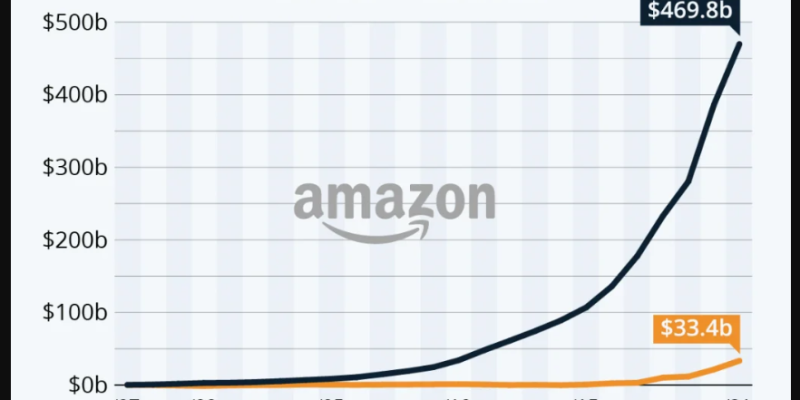
The Compound is an application built on the Ethereum blockchain to encourage a distributed network of computers to perform the processes of a traditional financial market. The primary token of this platform is called COMP.
You can also read: Cardano (ADA): The Third-Generation Platform
What is Compound (COMP)
One of several protocols defined in DeFi is the Compound protocol, which uses multiple crypto assets to provide this service and enable lending and borrowing without financial system intervention.
Compound allows users to place cryptocurrencies in loan pools for better access to borrowers. Lenders also earn interest based on the assets they have deposited.
When a deposit is made, the Compound protocol rewards the lender with a new token called the cToken. CToken types include cETH or cDAI.
Each cToken can be exchanged or transferred without restriction. But it can only be picked up through the cryptocurrency that was initially locked in the protocol. The whole process is fully automated and managed with Compound codes so that lenders can withdraw their deposit whenever they want.
To encourage this process, Compound uses another native cryptocurrency called COMP. When the user interacts with the Compound market, they are given an additional COMP token as a reward.
This model, despite its complexity, can encourage users of other protocols to adapt to the current model. Since 2020, more than $ 500 million assets have been locked into the Compound Protocol to be lent to borrowers or other purposes.
Compound history
The Compound protocol was developed and published by entrepreneurs such as Robert Leshner and Geoffrey Hayes, who have previously collaborated on digital currencies.
In 2019, Compound received an $ 8.2 million capital increase from Andreesen Horowitz and Bain Capital Ventures.
Since 2019, with the cooperation of many major investors globally, more than $ 25 million has been added as additional capital for protocol. One of these investors was Paradigm Capital.
A share of COMP’s total supply is initially intended for the company’s investors and employees.
How does Compound COMP work?
Compound connects lenders and borrowers with COMP tokens with a combination of smart contracts based on Ethereum and incentive payments in cryptocurrencies. The two main user groups on this platform include the following:
- Lenders: Anyone who wants to put their cryptocurrency in Compound and profit is known as a Lender.
- Borrowers: Anyone who wants collateral posts on Compound in the form of a cryptocurrency. These users can borrow cryptocurrencies supported in Compound based on a percentage of the amount posted.
COMP main features
The Compound platform rewards lenders with COMP tokens. The higher the cToken number of lenders in the wallet, or the higher the demand rate, the higher the interest.
Users who lend their assets to the protocol can withdraw them at any time. This amount can be based on the collateral-supported cryptocurrencies in Compound.
In general, borrowers can also liquidate if the assets they have borrowed become more valuable.
Conclusion
The COMP token is interesting because it has been one of Crypto’s most valuable assets since 2020. COMP has caused yield farming to grow sharply and affect the DeFi market.
As mentioned, the Compound platform is one of the cryptocurrency lending systems that benefit both borrowers and lenders. This protocol is based on Ethereum standards and includes cToken and COMP tokens.

